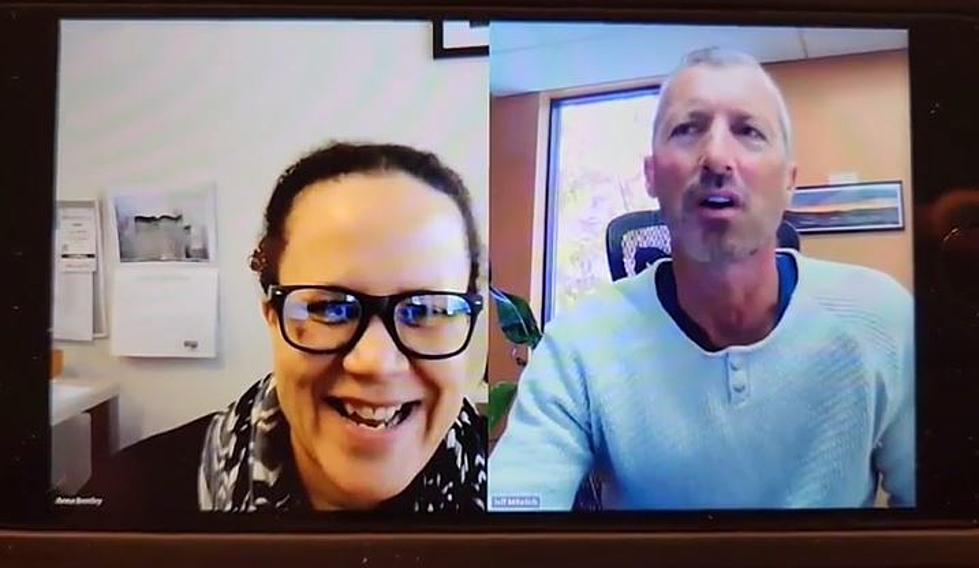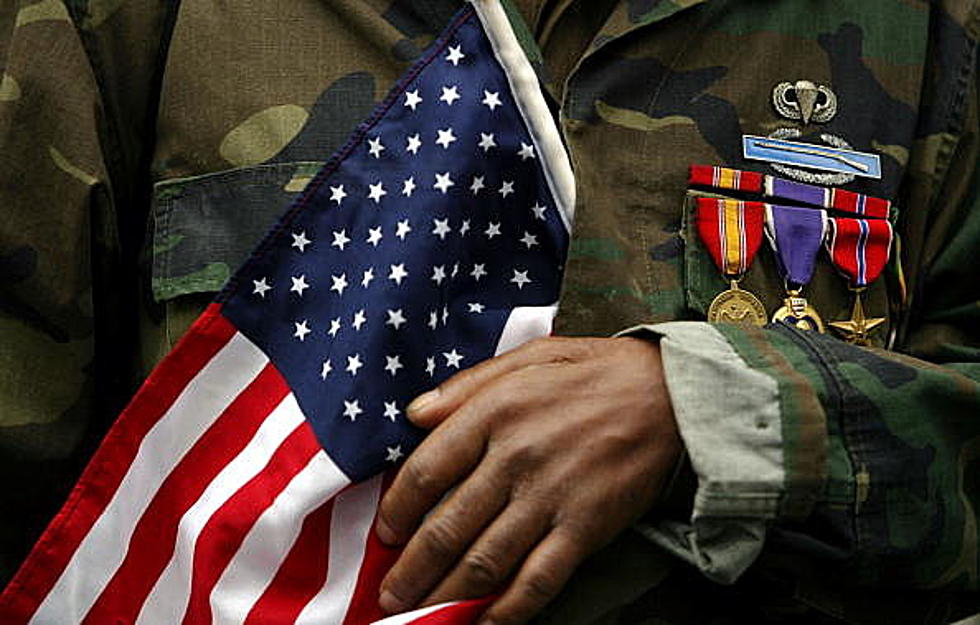
Do You Plan to Vote On June 5th?
After the fall of Saddam Hussein in Iraq, almost 90% of the population turned out for the first honest election in their lifetime. So why, in the freest country on earth, do only about 40% of registered voters turn out for national elections and only half that percentage on local issues?
Who Votes and Why?
In most of life’s endeavors, 20% of the people involved perform 80% of the work. For some segments of society, it seems that it’s human nature to just tune out political thought. “American Idol” or “Dancing with The Stars” holds more allure than deciding on the future course of the nation, state, county or city.
Political campaigns spend millions of dollars trying to figure out how people vote. Do issues motivate them? Candidates? Personalities? Positives? Negatives? Every political campaign knows that there are “hard core” voters that are going to vote the party line no matter what. Adolf Hitler would get their vote. They are going to mark the “D” or “R” regardless of whose name is in front of it. Each party has about 10-15% of the electorate that fall into this “hard core” category.
What About the Other 85% — Who Do They Vote For?
This is a group called “intermittent” or “irregular” voters. They are registered to vote, but whether they will show up, is a crapshoot. So the question confronting the campaign manager is not so much who they will vote for — but will they vote at all? In addition, is it a judicial use of campaign funds to try to get them to the poles? People who can accurately predict their behaviors get the really big bucks.
Intermittent voters are less likely to be married than regular voters or “hard core.” Those who rarely vote, or are not registered to vote, have little confidence in government. They feel that their vote is often useless or a waste of time so why bother. Regular voters often feel guilty if they are unable or forget to vote.
What Kinds of Things Increase Voter Turnout?
The “Tea Party” is often credited with the huge turnout in the non-presidential or “mid term” election in 2010. Some people would credit the “swift boat” group for the defeat of John Kerry in 2004. Howard Dean was the first to use the Internet to influence voters and raise money for his unsuccessful campaign. President Obama made great use of the internet in the last election and continues to dominate that medium today over Republican challenger Mitt Romney.
In our own Montana elections, things like medical marijuana legalization, state sales taxes, and impact fees brought large numbers of voters to the poles. City and County commissioner’s races always seem to generate local interest. Each year, due to the Internet, smart phones, iPods, and computers, more and more voters have the opportunity to be informed, However, I can find no convincing evidence that this availability of knowledge has improved either voter interest or turnout at the poles.
Some Final Thoughts
Regular registered voters comprise about 35% of the population. Unregistered voters and those who rarely vote make up a surprising 45% of the population. So, in most elections, it’s the remaining 20% that campaign managers court. It’s this relatively small, but influential group that actually elects our leaders, determines what initiatives get on the ballots and determines the direction for the other 80% of us. It’s the 80-20 rule and it’s hard and fast.
Will you be in the 20% or the 80% on June 5th?
More From KMMS-KPRK 1450 AM









